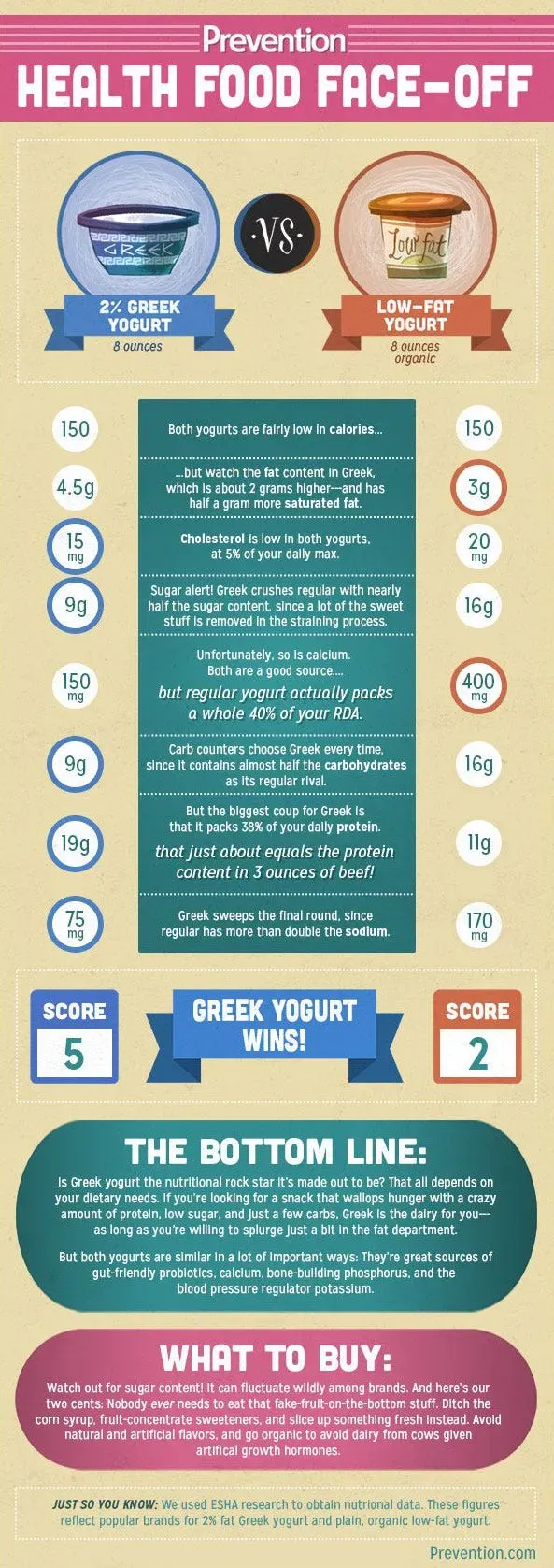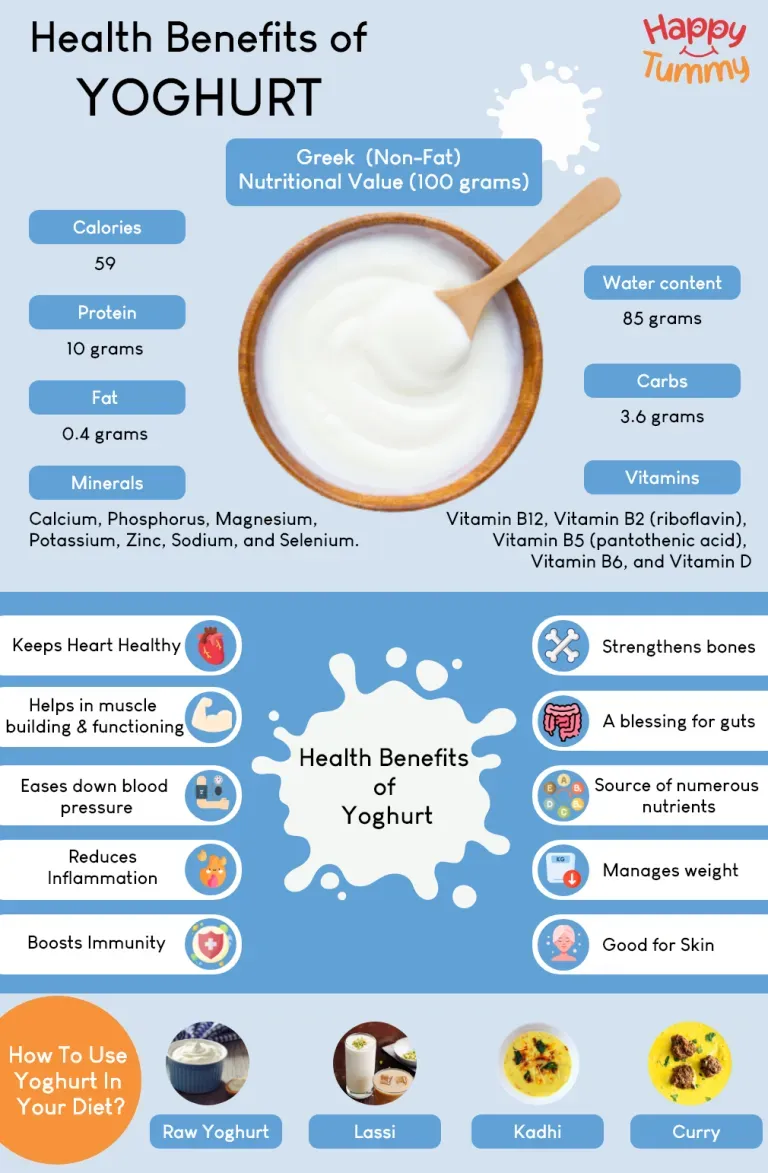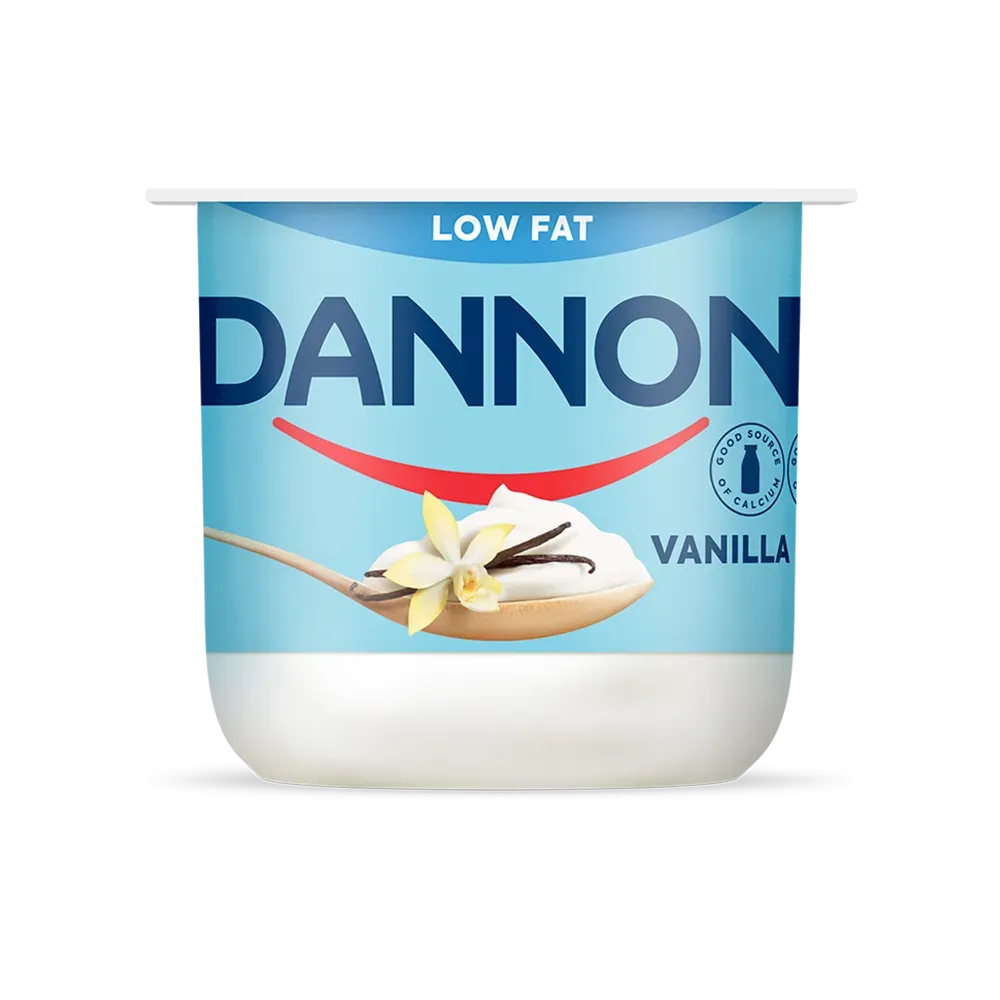Table of Contents
You grab that container of low-fat yogurt, feeling pretty good about your "healthy" choice. It's low in fat, after all. That must mean it's good for you, right? The marketing certainly suggests it. But what if the label is telling only part of the story? What if the very thing removed – the fat – is replaced with something far less beneficial? This article cuts through the marketing hype to ask the crucial question: is low fat yogurt good for you? We're going to look past the fat percentage and delve into the ingredients list, specifically the often-hidden amounts of added sugar. You'll see why companies add it, how low-fat versions stack up against their full-fat cousins, and what the real health implications are when you swap fat for sugar. Get ready to rethink that seemingly innocent snack and arm yourself with the facts needed to make truly informed decisions about what you eat.
Is Low Fat Yogurt Good for You? Unpacking the Sugar Question

Is Low Fat Yogurt Good for You? Unpacking the Sugar Question
The Low-Fat Allure and the Hidden Truth
You see "low fat" or "non-fat" plastered on the carton. It sounds like a win for your waistline and your health goals. For years, we were told fat was the enemy, the primary culprit behind weight gain and heart issues. So, naturally, we gravitated towards anything labeled "low fat," assuming it was the healthier alternative. You might picture yourself making a smart, virtuous choice as you add it to your basket. But here's where things get a little less virtuous. While the fat content drops, something else often goes way up: sugar. The question, "is low fat yogurt good for you?" quickly becomes tangled with the question of what replaces the fat.
Just How Much Sugar Are We Talking About?
Let's pull back the curtain a bit. Flip over that low-fat yogurt container and look at the nutrition facts. Specifically, check the "Sugars" line under Total Carbohydrates. You might be in for a shock. Some seemingly healthy low-fat yogurts pack in as much sugar as a candy bar or a small soda. We're talking 20, 25, even 30 grams of sugar in a single serving. Considering the U.S. dietary guidelines suggest limiting added sugars to no more than 50 grams per day for someone eating 2,000 calories, a single serving of low-fat yogurt can blow through half that recommendation before you even add anything else to your diet. So, is low fat yogurt good for you when it comes loaded with sweeteners?
- A typical 6oz cup of fruit-flavored low-fat yogurt might contain 25g sugar.
- That's roughly 6 teaspoons of sugar.
- Some brands push even higher, reaching 30g or more per serving.
- Plain, full-fat yogurt often has less than 10g of naturally occurring sugar (lactose).
The Sweet Secret: Why "Low Fat" Often Means High Sugar

The Sweet Secret: Why "Low Fat" Often Means High Sugar
When Fat Leaves, Flavor Follows
So, why the sugar overload in that seemingly innocent low-fat container? It's simple, really. Fat carries flavor. It gives food that creamy texture and satisfying mouthfeel. When food manufacturers strip out the fat, they're left with something that tastes... well, often like sour, watery milk. It’s bland, unappealing, and frankly, nobody wants to eat it. To make it palatable, even desirable, they have to add something back in. And the cheapest, most effective flavor enhancer on the market? Sugar. Lots of it. This is the core reason why asking "is low fat yogurt good for you?" requires looking beyond just the fat content and squarely at the added sweeteners.
Sugar by Any Other Name (or Several Names)
Manufacturers aren't just dumping granulated white sugar into the mix, though that happens too. They use a variety of sweeteners, often listing several on the ingredient list to obscure the total amount. You might see fructose, cane sugar, corn syrup, fruit juice concentrate, honey, agave nectar, or any number of "-ose" words. They all function as added sugar, providing empty calories and contributing to that sky-high sugar count. It’s a clever way to keep the consumer focused on the "low fat" selling point while loading up on cheap flavor. This practice is a major factor when evaluating if low fat yogurt is good for you from a nutritional standpoint.
- Common added sugars in low-fat yogurt:
- Sugar (sucrose)
- Fructose
- Corn syrup
- Fruit juice concentrate
- Honey
- Agave nectar
- Molasses
Low Fat Yogurt vs. Full Fat: A SidebySide Look

Low Fat Yogurt vs. Full Fat: A SidebySide Look
The Conventional Wisdom vs. Reality
For decades, the health narrative pushed full-fat dairy to the sidelines. Skim milk, low-fat cheese, and yes, low-fat yogurt became the darlings of the diet world. The logic seemed simple: fat has calories, so less fat means fewer calories and better health. It was a neat, tidy package. Full-fat yogurt, with its creamy texture and higher calorie count from fat, was often seen as an indulgence, something to be avoided if you were serious about your health or your waistline. This is the landscape most people navigate when asking about Low Fat Yogurt vs. Full Fat: A SidebySide Look at the nutritional differences.
Breaking Down the Nutrition Labels
Let's get down to brass tacks and look at the labels. A standard 6-ounce serving of plain, whole-milk yogurt typically contains around 8-10 grams of fat and maybe 8-10 grams of naturally occurring sugar (lactose). Now, compare that to a 6-ounce serving of fruit-flavored low-fat yogurt. The fat might be down to 0-2 grams. Great, right? But the sugar? Often, it skyrockets to 20-30 grams. That's a massive difference. You've swapped a few grams of fat for 10-20 extra grams of added sugar. When we compare Low Fat Yogurt vs. Full Fat: A SidebySide Look at the actual numbers, the picture starts to change dramatically.
- Plain Whole Milk Yogurt (6 oz): ~8-10g Fat, ~8-10g Natural Sugar, ~150 Calories
- Fruit Low-Fat Yogurt (6 oz): ~0-2g Fat, ~20-30g Total Sugar (mostly added), ~120-150 Calories
- Notice the calorie count can be similar, but the source of those calories is vastly different.
Think about it. You're essentially trading beneficial fats for empty calories from sugar. Your body processes these two macronutrients very differently. Fat helps you feel full and satisfied, and it doesn't cause the same rapid spike in blood sugar that added sugar does. Added sugar is quickly absorbed, leading to a sugar rush followed by a crash, and contributes to cravings. So, when considering Low Fat Yogurt vs. Full Fat: A SidebySide Look, are you really making a healthier choice by picking the one loaded with sweeteners?
Beyond the Fat: The Real Health Impacts of Added Sugar

Beyond the Fat: The Real Health Impacts of Added Sugar
The Sugar Rush and the Crash
so you've ditched the fat. High five, right? Except now you've got a generous serving of sugar instead. When you consume that added sugar in your low-fat yogurt, your body processes it fast. Your blood sugar spikes, your pancreas releases insulin to deal with it, and then often, your blood sugar crashes. This cycle isn't just a rollercoaster for your energy levels, leaving you hungry and craving more sweets sooner than you should be. It’s a physiological stressor. Over time, constantly spiking insulin levels can lead down a road you really don't want to travel. Thinking about Beyond the Fat: The Real Health Impacts of Added Sugar means looking at this immediate metabolic response.
Long-Term Consequences Pile Up
It's not just about feeling tired an hour after your snack. The chronic overconsumption of added sugar, often hidden in foods like low-fat yogurt, is linked to a laundry list of serious health problems. We're talking increased risk of type 2 diabetes, heart disease, non-alcoholic fatty liver disease, and even certain types of cancer. Sugar contributes to inflammation throughout the body. It can mess with your cholesterol levels, specifically raising triglycerides. Your dentist hates it too, obviously. So, while you thought you were doing your heart a favor by choosing low-fat, you might actually be increasing other risks by loading up on sugar. Beyond the Fat: The Real Health Impacts of Added Sugar are significant and shouldn't be ignored just because a label says "low fat."
Here are some issues linked to excessive added sugar intake:
- Increased risk of Type 2 Diabetes
- Higher risk of Heart Disease
- Non-Alcoholic Fatty Liver Disease
- Weight gain and Obesity
- Increased inflammation
- Higher triglyceride levels
- Dental cavities
Making the Choice: Is Low Fat Yogurt Good for You or Is There a Better Option?

Making the Choice: Is Low Fat Yogurt Good for You or Is There a Better Option?
Rethinking the "Low Fat" Halo
After looking at the sugar content often lurking in those "low fat" containers, the answer to "is low fat yogurt good for you?" gets complicated pretty fast. It's clear the marketing has often misled us. We were so focused on avoiding fat that we didn't notice the sugar being piled in to compensate. This isn't just a minor swap; it's trading a nutrient that provides satiety and essential fatty acids for something that offers little more than empty calories and a blood sugar spike. The perceived health halo around low-fat yogurt starts to look pretty tarnished when you see the grams of added sugar staring back at you from the label.
Exploring Better Yogurt Options
So, if the low-fat, fruit-on-the-bottom tub isn't the health food superhero we thought, what should you reach for? Plain, full-fat yogurt is a solid contender. It has that natural creaminess from the fat, meaning manufacturers don't need to dump sugar in for taste. The sugar content comes primarily from naturally occurring lactose. Plain Greek yogurt, full-fat or not, is another excellent choice. It's strained, giving it a thicker texture and, crucially, a much higher protein content, which helps keep you feeling full longer. You can always add your own flavor with fresh fruit, a sprinkle of nuts, or a touch of honey, controlling exactly how much sweetness goes in.
Comparing Yogurt Types (Approximate per 6oz serving)
Type | Fat (g) | Total Sugar (g) | Added Sugar (g) | Protein (g) |
|---|---|---|---|---|
Plain Full-Fat | 8-10 | 8-10 (natural) | 0 | 8-10 |
Plain Non-Fat Greek | 0 | 6-8 (natural) | 0 | 18-20 |
Fruit Low-Fat | 0-2 | 20-30 | 15-25 | 5-8 |
Become a Label Detective
Ultimately, making the choice about whether is low fat yogurt good for you means becoming a savvy consumer. Don't just trust the claims on the front of the package. Turn it around and read the nutrition facts panel and the ingredients list. Look specifically at the "Added Sugars" line. The lower that number, the better. Check the ingredients list for multiple forms of sugar hidden under different names. Opting for plain versions and adding your own mix-ins gives you complete control over the sugar content. Your health is worth the extra few seconds it takes to be an informed shopper.
The Bottom Line: Rethinking Low Fat Yogurt
So, is low fat yogurt good for you? As we've seen, simply having a lower fat percentage doesn't automatically put it in the "healthy" category. The common practice of replacing fat with significant amounts of added sugar shifts the nutritional profile dramatically. While your doctor's advice is paramount, the evidence increasingly suggests that the natural fats in dairy aren't the dietary villains they were once made out to be, especially compared to the widespread issues linked to excessive sugar intake. Checking the label is your best tool. Look beyond the "low fat" claim and scrutinize the grams of added sugar. Often, a full-fat, plain yogurt with minimal or no added sugar is a more nutrient-dense choice, offering satiety without the sugar rush and subsequent crash. Making informed choices means looking past catchy health claims and understanding what's actually inside your food.
